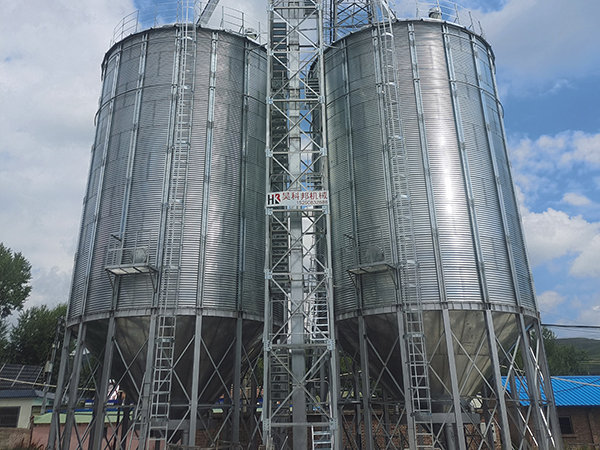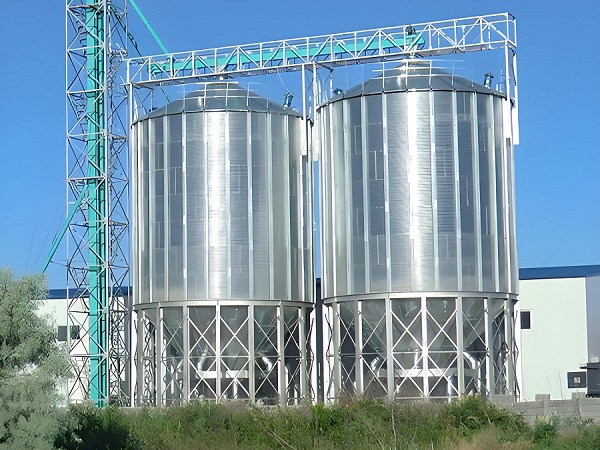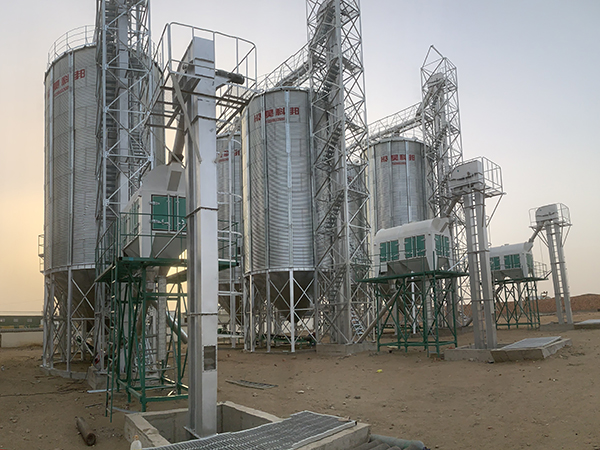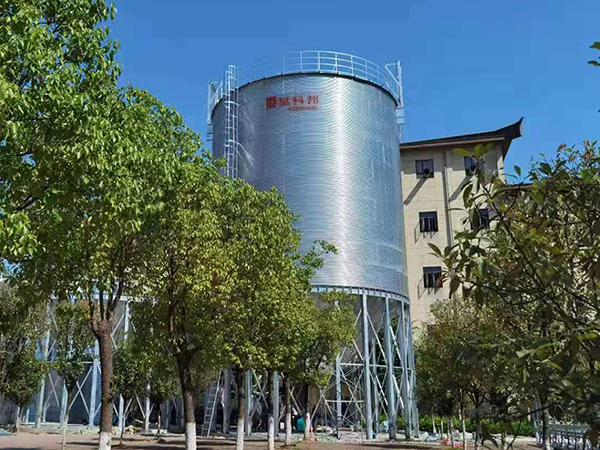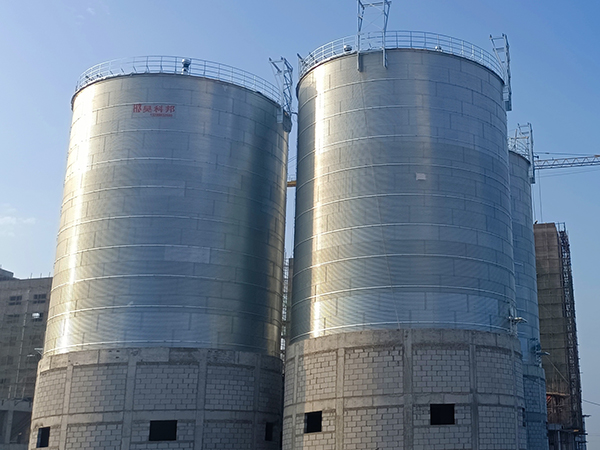Soybean storage silo factory:modern agriculture
The soybean storage silo factory is pivotal for the quality and efficiency of the soybean industry, with design key points focusing on structure, capacity, and automation. Construction must adhere to quality and safety standards, with environmental protection during building. Operational strategies include storage management, risk control, and cost-benefit analysis to ensure efficient and safe soybean storage.
- Main Advantages of Wheat Silo in Uganda
- Main Functions of Wheat Silo in Uganda
- Corn mill factory in Mali
- Maintenance Methods for Wheat Silo in Uganda
- Maintenance Methods for a Rice Silo in Uganda
- Wheat mill supplier in Malawi
- Installation Process of a Rice Silo in Uganda
- Structural Composition of a Rice Silo in Uganda
- Flour mill sale in Rwanda
- Main Advantages of Rice Silo in Uganda
- Primary Functions of Rice Silo in Uganda
- Grinding mill cost in Libya
In the context of global food security and the upgrading of the agricultural industry, soybeans, as an important cash crop, present particularly critical storage issues. The soybean storage silo factory, as a specialized facility for storing soybeans, is not only related to the quality and safety of the soybeans but also affects the efficiency and benefits of the entire soybean industry chain.
Design Key Points
The design of the soybean storage silo factory is the first step in ensuring its functionality and efficiency.


Structure and Material Selection
When designing, the structural stability and durability of the silo must be considered first. Importance of Structure and Materials A rational structural design and high-quality material selection can ensure the stability and service life of the silo under various climatic conditions.
Capacity Planning
Plan the capacity of the silo reasonably according to the storage requirements of soybeans. Considerations for Capacity Planning Capacity planning should take into account the annual output of soybeans, storage cycle, and future expansion needs.
Automated Control System
The design should include an automated control system to improve storage efficiency. Role of the Automated Control System The automated control system can monitor and regulate the internal environment of the silo, ensuring optimal storage conditions for soybeans.
Construction Standards
High standards during construction are key to ensuring the quality of the soybean storage silo factory.
Construction Quality Control
During the construction process, the engineering quality must be strictly controlled. Measures for Construction Quality Control A strict quality management system and on-site supervision ensure that every aspect of the construction process meets the design requirements.
Compliance with Safety Standards
Comply with relevant safety standards to ensure construction safety. Importance of Safety Standards Adherence to safety standards is related not only to the safety of construction personnel but also to the long-term safety of the silo.
Environmental Protection Measures
Effective measures should be taken to reduce environmental impact during the construction process. Implementation of Environmental Protection For example, properly dispose of construction waste, reduce construction noise and dust, and protect the surrounding ecological environment.
Operational Strategies
The operation and management of the soybean storage silo factory are directly related to storage efficiency and cost control.
Storage Management
Develop a scientific soybean storage management plan. Methods of Storage Management This includes the inspection of soybeans upon entry, classified storage, regular checks, and management of outgoing goods.
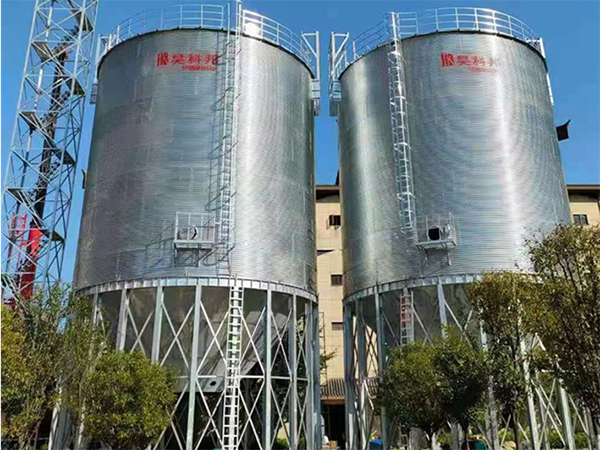
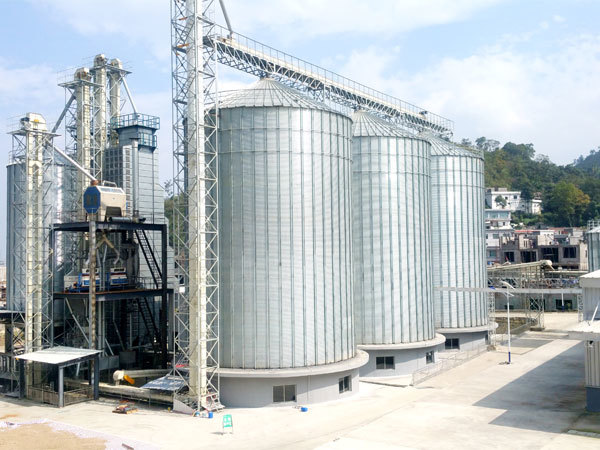
Risk Control
Establish a risk control system to deal with potential storage risks. Strategies for Risk Control Such as temperature and humidity control, pest prevention, and fire prevention to ensure the safety of soybean storage.
Cost-Benefit Analysis
Regularly conduct cost-benefit analysis to optimize operational costs. Optimization of Cost-Benefit Reduce operational costs and improve storage efficiency through measures such as technological upgrades and process optimization.

